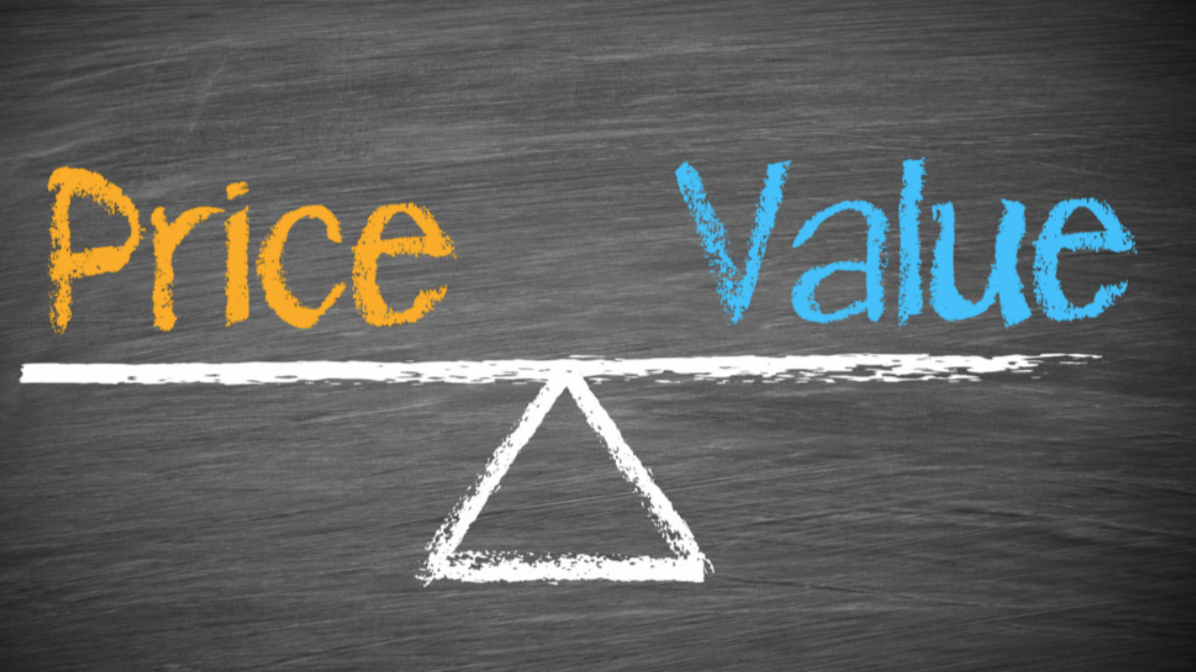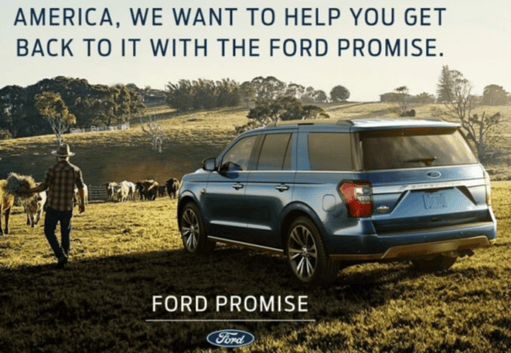Good, better, best: smart pricing for the COVID downturn
July 14, 2020

During the economic downturn of 2009, many major automakers reacted the way marketers across most every consumer industry did: they lowered prices. But one automaker– Hyundai– was concerned with the change in perception a rapid price drop would create with regards to quality and long-term value. And the more they listened to consumers, the more they realized that price wasn’t what was keeping them from making a car purchase at all. It was uncertainty in the job market.
So rather than promote rock bottom prices, they changed the terms of car sales to let consumers off the hook if they lost their jobs. By tapping into this key consumer insight, Hyundai actually managed to grow sales by 8% at a time when overall industry sales dropped by 20%.
Lesson learned. You might have noticed how, during this economic slowdown, several car brands are now using the Hyundai approach. This is just one example recently cited by pricing guru Rafi Mohammed in an interview with Harvard Business Review about strategic pricing in the current downturn. Central to his premise is the belief that now is not the time for brands to panic and slash prices. Instead, they should seek out opportunities to grab new market share by tapping into evolving consumer needs.
Why does pricing matter so much? Consider this: with demand remaining constant, every 1% price increase can generate an average of 8.7% in operating profits. In other words, even tiny nudges in pricing can have a big impact. So before you start chopping prices, let's explore the key elements to successful pricing in a downturn.
Start with the terms.
As we saw in the Hyundai example, price may not even be your audience’s top concern. Just as Hyundai and other carmakers have done, brands would be wise to look at changing the terms of purchase first before changing the price.

This same approach is what led airlines to wave change fees and penalties for cancelled trips early into the COVID-19 crisis. They were able to determine pretty quickly that potential travelers were more concerned with flexibility than price. And though air travel has taken a heavy hit in the first half of 2020, this has been partially mitigated by airlines taking a smart, proactive approach to the terms of of their tickets.
It all comes back to knowing what the true obstacles are between a potential customer and a purchase, and reacting accordingly.
Think in tiers.
There’s a reason why “good, better, best,” or tiered pricing models, are everywhere these days; they work. Subscription brands and online service businesses have had great success employing “good, better, best” models that allow them to offer cut-rate options without denigrating quality or the brand. At the same time, they’re able to appeal to the widest possible target audience by offering packages or services that best match varied customer needs and budgets.
Perhaps the most important factor of all in a “good, better, best” pricing structure? Flexibility. Brands that successfully use this model understand that just because people start at “good,” that doesn’t mean they’ll stay there. They need to make it easy to switch tiers, as much of the time, people opt to move up. In air travel, for example, about half of all passengers who initially buy the lowest fare eventually decide to pay up to access additional premium services.
Discount with “dignity”
Where brands sometimes stumble is in choosing what to offer at a discount, often slapping needlessly low prices on products worth much more. Never price in a manner that ends up devaluing the product itself. It won’t take consumers long to feel cheated when forced to pay more than five dollars for a foot-long sandwich, or when not getting their eyewear at 50% off.
Better instead to create value products to match the value pricing. Customers get the same quality they’d expect your brand to deliver, just less of it. This should be the key to your “good” offering, rather than charging less for a product that’s worth more. Don’t give away the farm, but what you do give should reflect positively on your brand’s reputation. Remember that a strong “good” product experience is often the best way to convince customers to pay a little more for “better.”
Add value when raising prices.
In an interview years ago, Bruce Springsteen was asked how he could justify charging such high prices for tickets to his concerts– often many hundreds of dollars for a single seat. He responded by saying that it’s his job to make sure that no matter what someone pays to attend a show, they coming away feeling it was worth every penny. The Boss was talking about the true value of a premium product.
Offering a top tier option is not just a great way for a brand to broaden its reach to appeal to a more affluent customer base, it can also lead to improved margins, too. Some of the most successful premium products in the “good, better, best” structure feature high margin add-ons like priority response, personal access, or, in the case of a trip to Disney World, the ability to “skip the line.” These are things that make customers feel special while not costing the brand much at all. But this too must be based on what the premium customer values. Just as a discount product should be positioned in a way that doesn’t diminish brand value, premium products must prove themselves worthy of the added expense.
Always price for profit.
How many times have you looked at a great deal and thought, how can anyone make money charging that?!? In some cases, the answer is that they can't. This happens most often in highly competitive markets like airlines, where the margins are already razor thin and many of the costs are fixed. That’s why it is often said that the only casualty of a fare war is profit.
The same can be said for premium pricing as well; it all comes back to the cost to provide and market it. That said, lifetime customer value must also be factored into your pricing strategy, and many brands are willing to consider a loss in the short term knowing there’s a return on the horizon. This is the way many subscription brands operate. Netflix, Peloton, and Masterclass are all willing to trade up-front profit for market share that’ll pay off down the road. (For more on the perils and potential of marketing a subscription brand, click here.)
As Rafi Mohammed says, the key to successful pricing is to start by understanding what the customer’s best competitive alternative is. If they can get the same product for less from someone else, odds are they will. But it takes creative pricing, not just low pricing, in order to compete. Listen to customers to understand what they truly value, and what might really be standing between them and their next purchase. And carefully scrutinize discounts to decide if they’re really necessary.
Brands that price for success often discover that value for customers can change with the situation. The more you know about that situation, the more equipped you’ll be to devise a pricing strategy that’s as good for you as it is for them.
Trying to figure out how to price for success? We're here to help. Contact Slingshot today.
Check out more marketing insights below on how to navigate the uncertainties facing brands in 2020.





